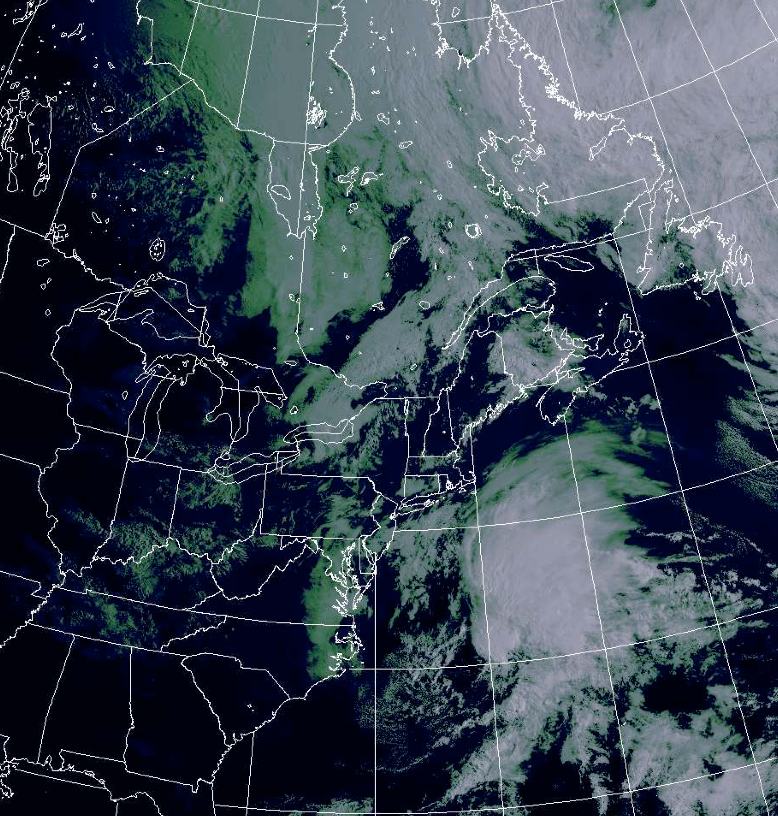

In particular, σ Q is independent of R, the range to the target.Īs a consequence, it is clear that σ Q is a property that (approximately) characterizes a specific target, not the radar system and/or its interaction with the target. That is, it weakly depends on the strength and the position of the radar system. Weak Dependencies: It can be proved that σ Q is approximately independent of the properties of the radar system. That is, it depends on the target’s geometry (absolute and relative size, shape, and orientation), as well as its composition (material properties). Strong Dependencies: It can be proved that σ Q strongly depends on the properties of the target. Σ Q has the following significant properties: In this case, however, the differences between β 0 and γ 0 appear clearer due to the scene inhomogeneity and the steeper incidence angle. The bottom image shows an image of central Denmark, where a similar trend can be observed. The differences between β 0 and γ 0 are small due to this scene homogeneity and the incidence angle. As expected, both β 0 and γ 0 reflect the rain forest homogeneity with more fidelity than σ 0, which in this case was normalized using the ellipsoidal height. The top image shows a rain forest area in Brazil, which is expected to yield a rather homogeneous backscatter. The differences between these two are more noticeable in the bottom image due to the inhomogeneity and steeper incidence. As expected, σ 0 contains a significant modulation caused by the local topography, which is progressively reduced in the radar brightness and γ 0. From left to right the normalizations are relative to σ 0, β 0, and γ 0, where σ 0 has been computed projected onto the ellipsoid the other two take into account the local topography. Two sets of geocoded TerraSAR-X images over the Brazilian rain forest (top) with an incidence angle of 46.5°, and over central Denmark (bottom) with an incidence angle of 34.7°.


 0 kommentar(er)
0 kommentar(er)
